Compression tensile bench
On this page, you can learn about the different traction/compression benches.
There are manual or electronic traction/compression stands.
Whether they are manual or electronic, tensile/compression benches can work with an electronic dynamometer.
Electronic tension/compression stands can allow operators to automate their testing.
For more information, please go to the bottom of the page where you will find a more detailed description of the traction/compression benches.
Showing all 5 results
-
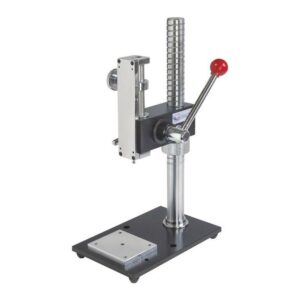
Tension / compression stand TVP
-
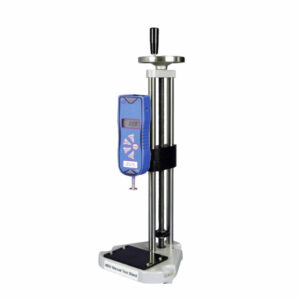
MDD manual traction bench
-
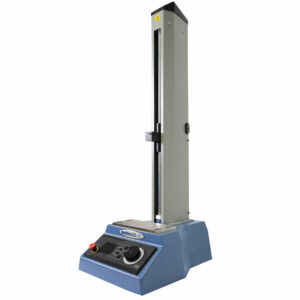
Mecmesin Multitest-DV Traction Bench
-
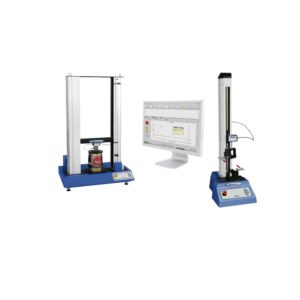
Mecmesin Multitest-I Compression Test Stand
-
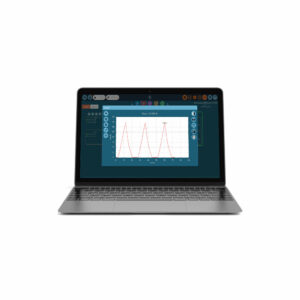
Vector Pro Lite Software
What is a traction-compression bench?
The traction-compression bench is an electrical machine that allows programmed up/down movements. Connected to an electronic dynamometer or load cell.
What is the purpose of the traction-compression bench?
- Resistance to stress (e.g. measuring the breakage of a cable/fabric)
- Tensile/compression stress (e.g. the crushing force of a yoghurt)
- Fatigue tests (e.g.: resistance over time of an opening/closing mechanism after 10,000 cycles)
- Bending (e.g. bending of a tennis racket under stress)
- Friction (e.g. measurement of the friction coefficient of an anti-slip material)
- Resistance to elongation (e.g. study of the elongation of an elastic material)
- Fracture tests (e.g. measurement of the breaking strength of a plastic component)
- Slip/friction coefficient (e.g. measuring the slip coefficient of a plastic film used in a packaging process)
There are models of various capacities and with different levels of technology. They can be equipped with a control panel, or driven by a computer and/or linked to software. Thus, it is possible to set up standard tests including reports, to record numerous results, to do curve analysis.
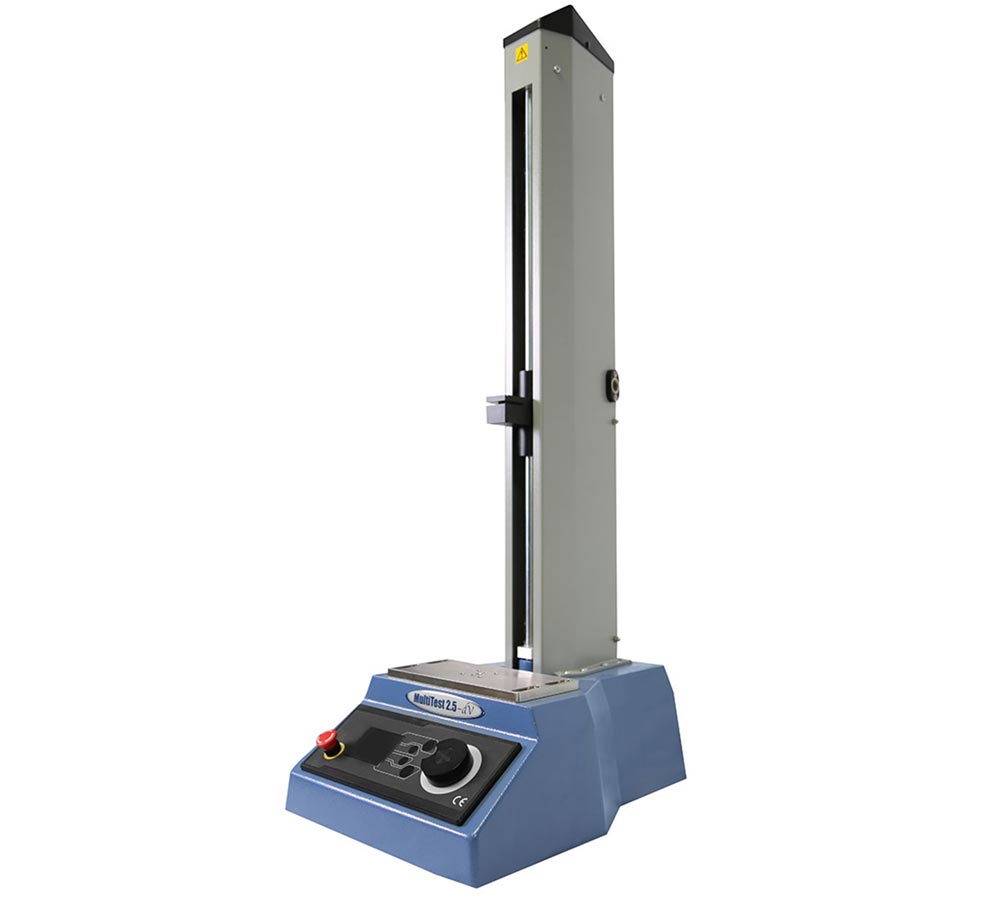
Is a tension-compression test simple to set up?
Several factors need to be taken into account when setting up a tensile, compression or strength test.
The choice of equipment (dynamometer, test bench and tooling) depends on
- The forces to be measured (low or high capacity)
- The nature of the test (breakage test, deformation, tearing, coefficient of friction or sliding coefficient, crushing resistance, etc.)
- The standard of the test, if any, to be met.
What is expected from the test: simple measurement, rupture, curve, acquisition frequency.
But it is also necessary to take into account the potential future needs in order to choose the right equipment. Software-controlled tensile testers are great laboratory tools but may not be useful for production testing in industry.